Surviving Mount Everest: Stories of Triumph and Tragedy
Table of Contents
Introduction
The last proving ground for adventurers and dreamers everywhere has been Mount Everest for centuries. Since its towering height lured climbers more than a hundred years ago, they have, of course, wished to put the limit of their physical and mental endurance to the testing. Of course, the triumph of the top of the world comes at the highest cost. The ever-present possibility of tragedy hangs its dark shadow over the summit of Everest, whereas the lives lost, the dreams crushed-yet-who knows?The mountain still calls.
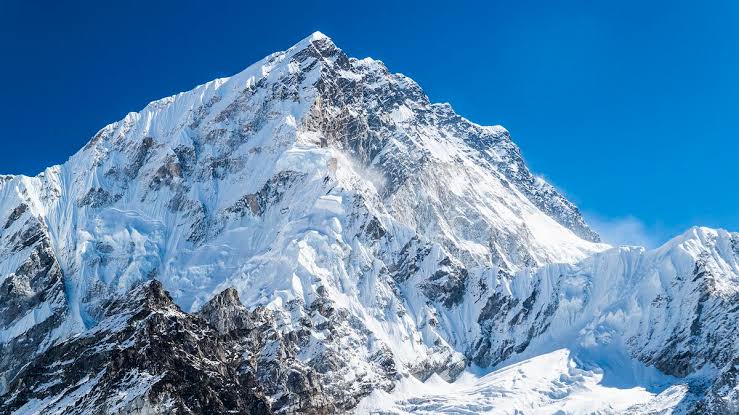
In this article, we venture into the dual aspect of Everest: the incredible stories of success and survival and the heartbreaking accounts of those who will never go back home.
Early Expeditions: The Thin Line Between Success And Failure
Mount Everest came into the imagination of climbers in the early 1920s, when British expeditions wanted to be the first to conquer the “Third Pole.” The most famous among the early attempts was probably that of the George Mallory and Andrew Irvine expedition in 1924. Two of the participants disappeared near the top; no one knows for sure if they reached the summit before perishing in the harsh conditions.
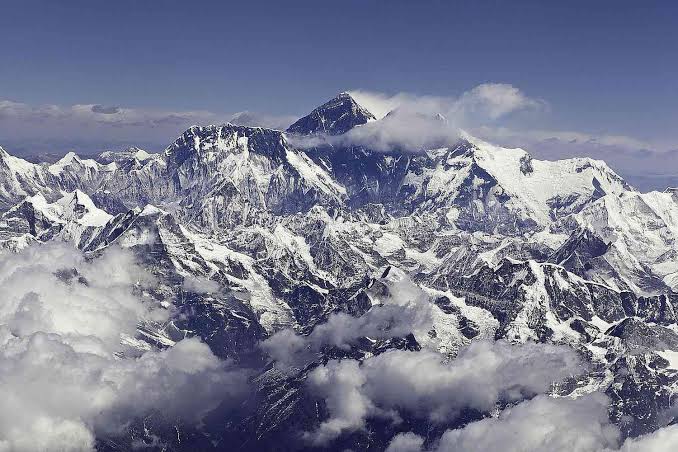
But with the discovery of Mallory’s body in 1999, speculation that they might have been the first to reach the summit was renewed, and even though Sir Edmund Hillary of New Zealand and Sherpa Tenzing Norgay would not stand atop until May 29, 1953, their success has relegated Mallory’s to the realm of speculation.
Though these Everest expeditions represented a period of romantic adventure, the tragic loss of people such as Mallory marked the dangers that would come to represent the reputation of this mountain.
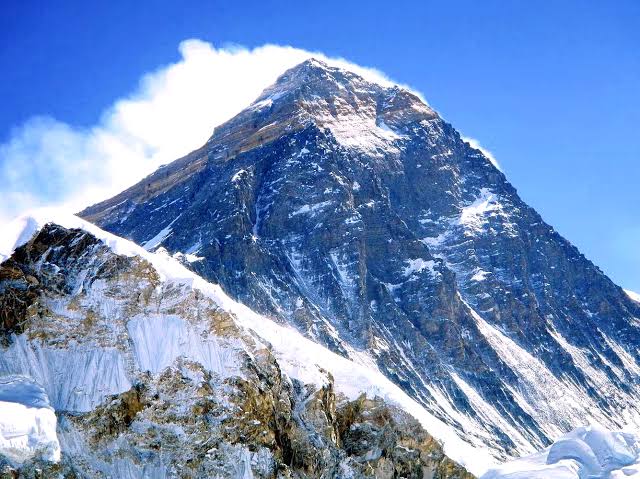
Death in the Death Zone
Above 26,000 feet, or 8,000 meters, Everest climbers enter what’s known as the Death Zone—a region where the air is so thin that the human body begins to shut down. At such altitudes, oxygen levels are scarce, decision-making capabilities deteriorate, and the tolerable margin for error shrinks dramatically. This is where many of Everest’s most tragic stories come to pass.
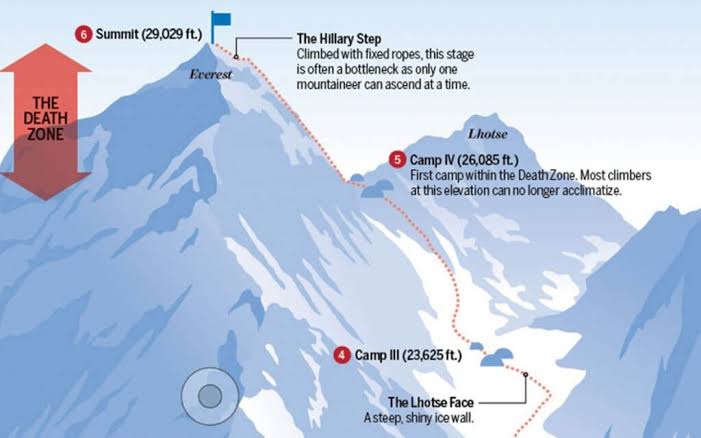
The most notorious example is the Everest tragedy of 1996, when a killer storm is reported to have struck the summit area, killing eight climbers. Among the fatal victims was an experienced New Zealand guide named Rob Hall, leading a commercial group. Although Hall was an accomplished guide, he became stranded near the summit and was killed when he could no longer make his way back down because of worsening conditions.
Another Japanese climber, Yasuko Namba, was 47 years old. She had summited the mountain but got stuck in the descent due to the storm. Her climbing partner, though, was Beck Weathers, who beat the odds: he survived the extreme conditions with severe frostbite and was left for dead by his team. One of Everest’s greatest tales of survival is that of his incredible will to live and, subsequently, the rescue.
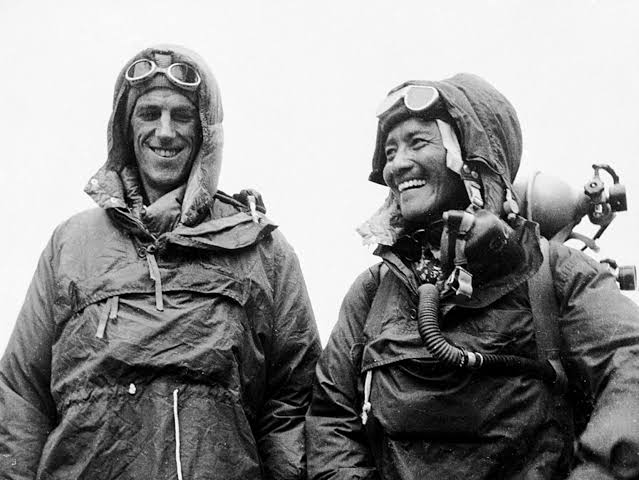
Human Endurance in Extreme Conditions
While hundreds have lost their lives on Everest, equally astonishing is the story of survival against impossible odds. One of the most dramatic stories is that of Lincoln Hall, an Australian climber, who was abandoned to his fate by his own team in 2006 after he had been diagnosed with acute altitude sickness. Miraculously, Hall was found alive the following day by another expedition, having spent the night exposed to the killing cold.
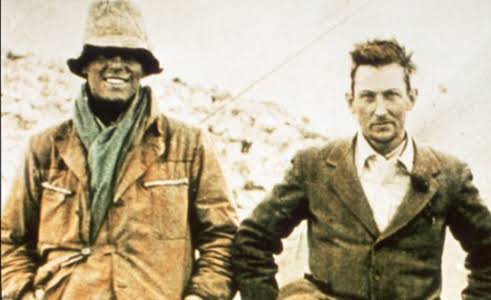
However, Hall’s survival also exemplifies that it is the razor-thin line between life and death on Everest. No matter how much preparations are made, they remain at the mercy of the mountain’s conditions that are at its very best unpredictable. Most of those who survive do so through sheer willpower and luck and possibly through the support of fellow climbers.
The Sherpas are indigenous people who serve as guides and porters to climbers. Many lost their lives in service to expeditions from other countries; however, many of those stories remain untold. The unsung heroes of Everest have a marvellous physical fitness built up as generations of Sherpas have long been acclimatized to these high altitudes. The story of Everest cannot be told without sacrifice and bravery by Sherpas even today as they risk lives that have taken so many.
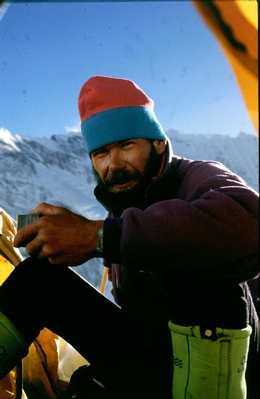
The Dark Side of Everest
For all its allure, Mount Everest has a dark side. As more climbers visit the mountain each year, ethical issues involving stranded climbers and the commercialization of climbing are becoming ever more sharply defined. In recent years overcrowding on the Everest slopes has resulted in dangerous traffic jams near the summit where climbers line up in the Death Zone to ascend.

These delays can be fatal because they prolong exposure to extreme conditions, and the supply of this precious oxygen is scarce. Some climbers have had the unbearable position of leaving behind their friends, knowing that they could not save them without jeopardizing their own survival. Abandoned bodies on the slopes of Everest are a haunting reminder that nature is at its very worst.
Unseen Heroes: Sherpas and Their Sacrifices
While expedition teams and mountaineers from every country receive kudos for their successes on Everest, the real heroes are the Sherpas. Not just guiding climbers, they carry heavy loads, set up camps, and assist climbers up the mountain. Without them, many expeditions simply could not happen.
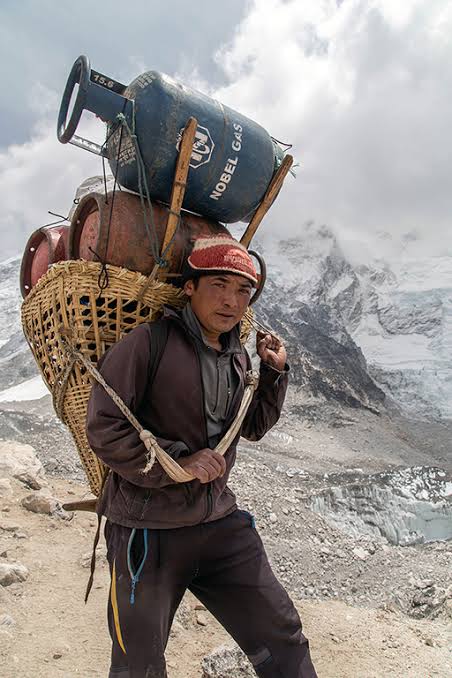
One such Sherpa is Kami Rita, who summited Everest an unprecedented 28 times. The endurance as well as the skill of a mountaineer while moving on the treacherous slopes of the mountain is testament in a record-summited Everest by a Sherpa, whose ability to thrive in high-altitude conditions comes from generations of adaptation to the harsh Himalayan environment.
However, the risks they face are gigantic. Several Sherpas get to be the first in the face of dangerous situations such as avalanches and crevasses that took many of them in the process. Still, the Sherpas remain the backbone of expeditions on Everest, leading climbers safely to the summit and guiding them throughout the journey.

Survivor Stories: Triumph Against All Odds
While Mount Everest seems to remain an origin of sad stories and tales, it can also be the haven of spectacular triumphs. In 2013, Arunima Sinha, hailing from India, became the very first female amputee to conquer Everest. Sinha was involved in a terrible accident – her leg was amputated by a train; despite that, in one of the greatest underdog stories, she conquered Everest, proving that physical constraints need not be an obstacle to climbing to great heights.

Mark Inglis is one such New Zealand climber who became the first double amputee to conquer Everest. He had lost both legs to frostbite from an earlier climbing accident but was not going to let that be a reason not to top-trekk in.
At a recent date, Nirmal Purja, also known as Nimsdai Purja, clocked a new feat; he reached Everest on his way to conquer all 14 8,000-meter peaks in just seven months. The feat of endurance and skill is simply impressive and raises one’s concept of what is possible in high-altitude climbing.
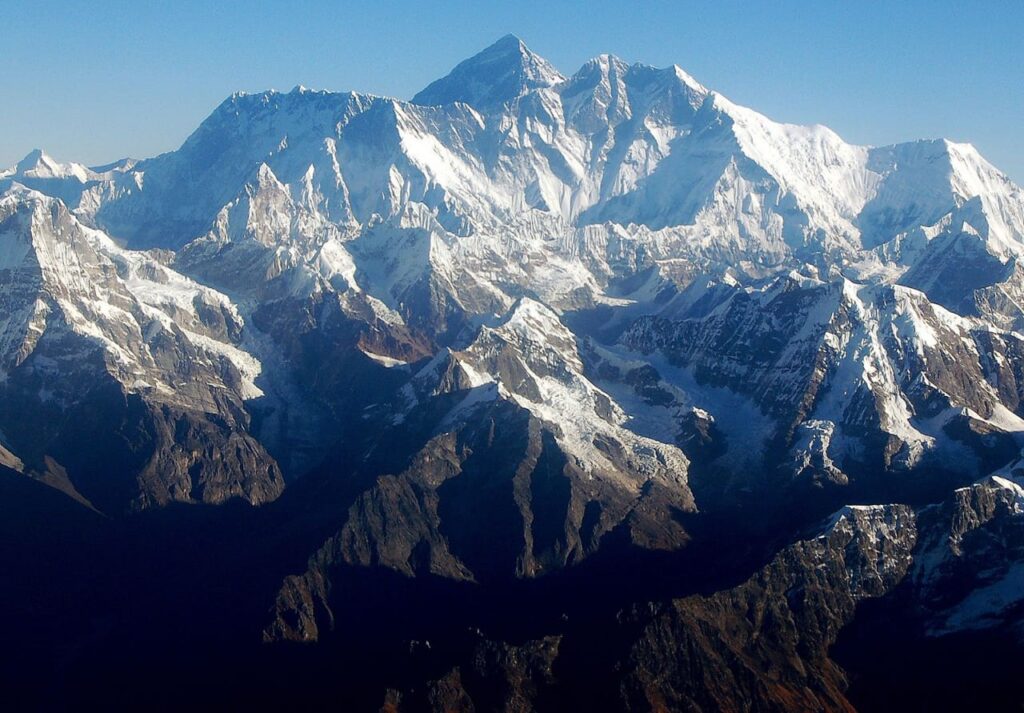
Fatal Attraction: Why Do People Risk Their Lives?
The question is always there, over every Everest expedition: Why? Why would anyone volunteer to risk his or her lives to stand on a remote frozen peak? For many it is something beyond the summit; it’s about testing one’s own physical and mental limits, about becoming a conduit for facing fear and hardship.

There is also the cultural and spiritual sense associated with Everest. It is referred to as Sagarmatha in Nepal and Chomolungma in Tibet. Everest appears as a site of worship for indigenous groups. In fact, for most climbers, climbing Everest is about less of the attainment of a personal ambition but more about the spiritual journey; they do it to meet the divine.
However, increased commercialization is the reason the very essence of Everest is being sacrificed at its altar. Today, a neophyte climber can pay his way to the roof. Climbers with little or no experience are walking to the top with the result that many of them become an accident waiting to happen.

From once being out of the most experienced mountaineer’s league, Everest has become easier to reach for most climbers, but at what cost?
Lessons Learned from Tragedy
Each Everest tragedy provides hard-earned lessons. Disaster in 1996 led to greater awareness of the risks of overcrowding and poor decision-making at high altitudes. Modern expeditions are better equipped with technology, including satellite phones and GPS tracking, means to stay connected and avoid potential dangers.

Even with the advancement in technology and preparations, Everest is as deadly as ever. For each successive generation of climbers, the mountain demands respect, discipline, and acceptance of risks that come with climb.
Future of Everest Expeditions
It will, for sure, be uncertain in the future: climate change is affecting the glacier of Everest and, in turn, the route to the summit is becoming more unpredictable and more dangerous. The melting ice increases the probability of avalanches and also surfaces hidden crevasses, thus making the climb much more hazardous than ever before.
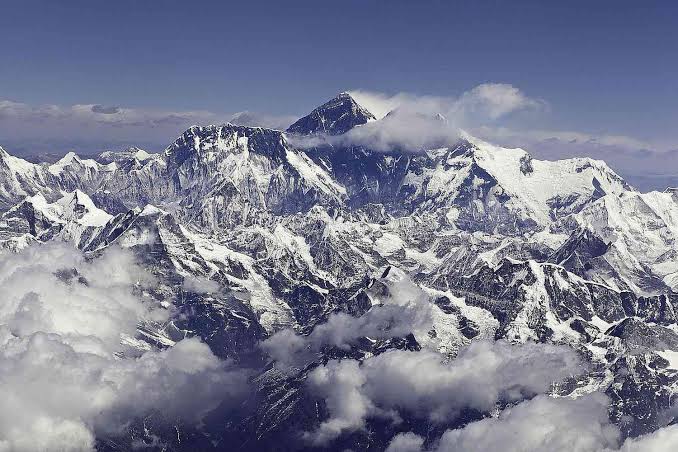
Environmental impact is another growing concern over tourism to Everest. The mountain is strewn with litter, abandoned gear, and corpses of fallen climbers. Clean-up on Everest is underway, and sustainable practices are being implemented, but the challenge is truly gargantuan.
Commercialization of Everest has brought more climbers on the mountain than ever in history, raising essential ethical questions about whether it is morally right to keep pushing for the summit when the risks are so high. Is there a regulation on the number of climbers per year? These are the questions the climbing community has to grapple with as the world’s highest peak continues to attract people from all over the globe.
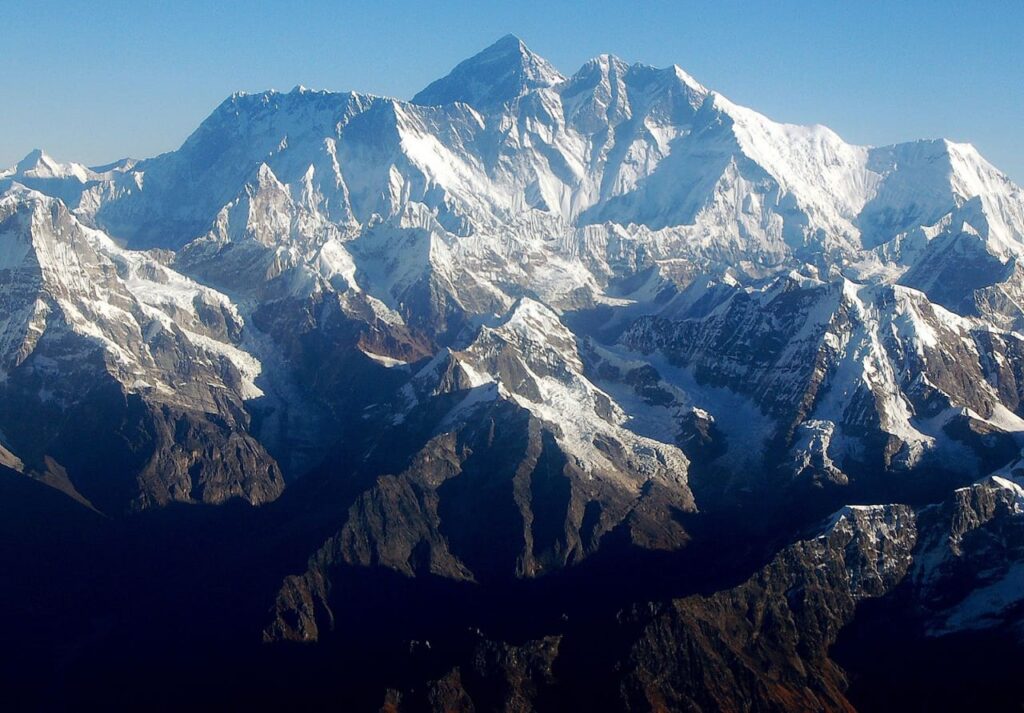
Conclusion
Mount Everest is the monument for all human tenacity, endurance, and the will to pursue beyond our capabilities. In short, it remains the dream of many climbers who take the grueling ascent after a period of rigorous preparation and sacrifice. As for others who lose their lives on Mount Everest, nature is an uncontrolled beast.
The survival stories and tragedies of Everest have been as varied as are the climbers over the decades. Some make it back, heroes in their own right, while others return as legends, and still more remain on the mountain. Those bodies are forever entwined with the peak they sought to conquer.
Everest will continue to beckon climbers, promising victory but always with the shadow of tragedy looming close behind. It is this delicate balance that defines Mount Everest-a place where the heights of human achievement meet the depths of human vulnerability.
FAQ’S
What is the primary cause of death on Everest?
The main cause of death on Everest is altitude sickness, extreme exposure to cold, avalanches, and falls.
How many bodies are there on Mount Everest?
More than 200 remain on the mountain; this is a dreadful reminder of all the risk factors involved.
Can one climb Everest for good money?
Money can buy permits and guides, but it is not going to replace proper training, experience, or physical fitness to survive the climb.
Are there guides or prohibitions to prevent climbing accidents?
Sherpas and experienced guides are, first and foremost, accidents waiting to happen and deter the current rash of fatal incidents but can never guarantee anything more than a minimization of the inherent perils of Everest.
How do climbers prepare themselves mentally for the dangers of Everest?
Mental preparation is about coming to terms with the possibility of one’s death, practicing decision-making in stress conditions, and building resilience against fear and adversity




